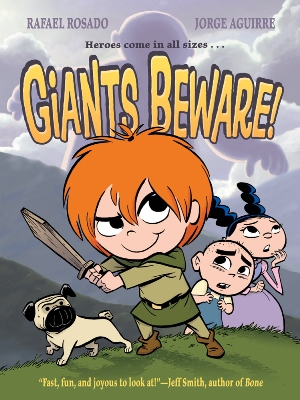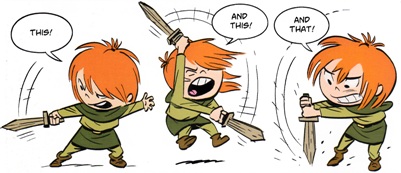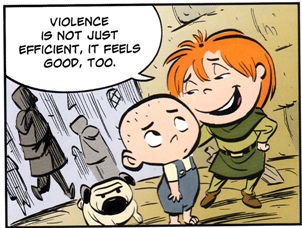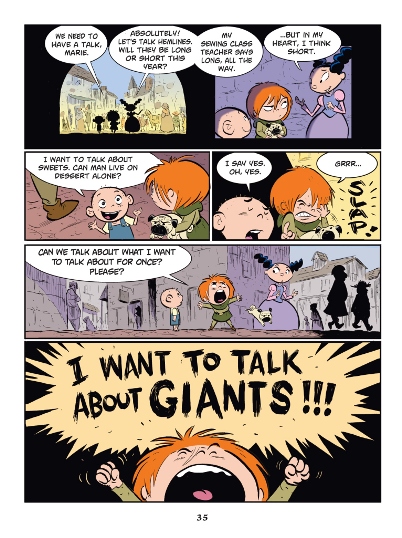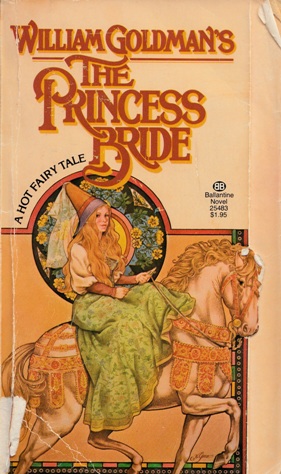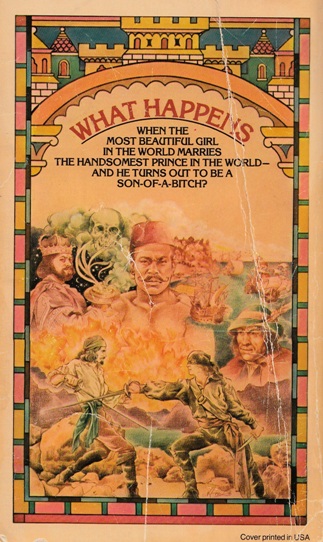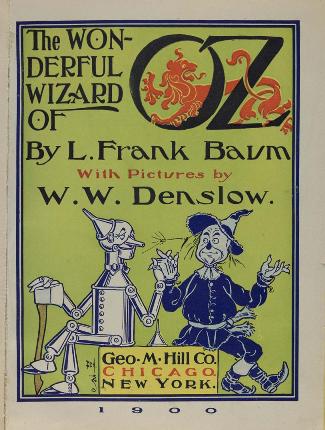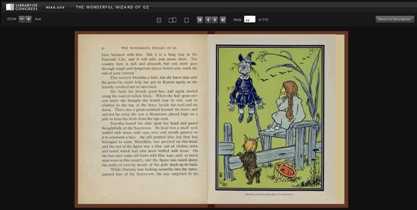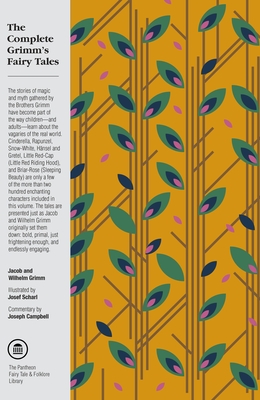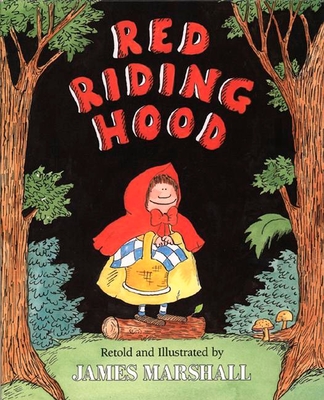My daughter and I have read a lot of books together this year. A LOT. But, as the year winds down and I find myself looking back at our favorite books of 2012 – the instant classics, the bedtime staples, the required road-trip reading – I keep coming back to Giants Beware!, a fantastic, tour de force graphic novel by Jorge Aguirre and Rafael Rosado, which stands as one of the best examples of comics for kids that I’ve ever read.
And, because due diligence is important, I did check with my daughter before bedtime last night and she did authorize me to, quote-unquote, “tell your blog, Dad, that Giants Beware is my favorite new book I read this year.” So, it’s unanimous – Giants Beware is Building a Library’s Best Book of 2012.
What’s so great about Giants Beware? It’s hard to know where to start. I’ve been trying to review it for most of the year, but there are times when I like a book so much that I almost find it impossible to write about it. I find myself tripping over my words, unable to express how much I enjoy the book in question, until I’m halfway tempted to just type “Book am good. Make me happy” and be done with it. But Giants Beware does so much right, it deserves better and, thus, here we are.
With Giants Beware, Aguirre and Rosado have created a blockbuster reading experience. What I mean by that is – this graphic novel is so smart, exciting, accessible, and entertaining that, if it was a movie, it would make $500 million dollars at the box office. The experience of reading Giants Beware is akin to watching a Pixar movie. (One of the best ones.) You just sit there amazed at being told a story with such obvious genius and craftsmanship and also at how you and your child are both able to appreciate it on multiple levels.
That is all to say, I really, really like Giants Beware and so does my kid.
The story revolves around Claudette, a headstrong tomboy who’s always clutching a wooden sword and who can’t wait to one day leave her provincial village and prove herself as a mighty giant slayer. Her father, the town blacksmith, used to be a renowned adventurer (and is now missing a few limbs due to those adventures), and Claudette is aching to follow in his phantom footsteps. She especially wants to set off on a quest to a local mountain range to hunt down a legendary local giant with a reputation for eating babies’ feet. (Aguirre and Rosado are able to make the alleged baby-feet-eating into something that’s really funny as opposed to downright chilling.)
Claudette is just a fantastic creation – she’s so singularly obsessed with killing monsters that she can barely see anything else in the world. She’s funny, clever, earnest, and loyal – her loyalty particularly shines through when it comes to her best friend Marie and her little brother Gaston. (One of my favorite Claudette lines comes after she dispatches some bullies who were picking on Gaston – “Violence is not just efficient. It feels good, too.”)
However, Claudette is so obsessed with slaying the feet-eating giant that she tricks Marie and Gaston into accompanying her on a giant-slaying quest – a quest that was expressly forbidden by both her father and the town’s ruling Marquis (who happens to be Marie’s father). As the kids set off across the countryside towards their date with a giant, pursued doggedly by their annoyed parents, they encounter witches, haunted trees, mad river kings, and a wide variety of fairy tale oddities, experiences that help them test their meddle, conquer their fears, and learn a lot more about the strange world around them.
Giants Beware is a very fun read that really connected with my daughter. It’s a longer graphic novel – around 200 pages – but, the first time I finished reading it to her, my daughter asked me to immediately re-read it, which has never happened before. But the re-read factor isn’t the only reason why I regard this as our favorite book of 2012. While, I’ll admit, there were books we read this year that packed a deeper emotional punch (a tear-jerker, this ain’t), Giants Beware is just an exceptionally accomplished piece of work, a work that shouldn’t be trivialized just because you could accurately describe it as “a fun adventure.”
And, personally, one of the main reasons why I think I’ve responded to Giants Beware so strongly is that it expertly plays with so many of the children’s literature themes and tropes that I keep obsessing about on this blog (to the point where it almost feels like it crawled out of my subconscious at times). For example, let me list FIVE areas where I think Giants Beware really, really excels:
1. It’s an Ideal Comic Book for Kids
Recurring readers know that I’m a big proponent of exposing kids to comic books and graphic novels, but, as I’ve complained about before, most comic books aren’t designed in a way to make them accessible to developing readers. The vast majority of so-called “kid’s comics” have miniscule font sizes, hectic layouts, and little-to-no concern with helping new readers follow their way throughout the story. Giants Beware, on the other hand, excels at making itself both accessible and appealing to younger readers. The text is extremely readable, the layouts are clean and clear, and the visual storytelling is top-notch. Even though it’s 200 pages long, Giants Beware is a very quick, readable work for kids. I’d almost equate it to a beginning chapter book, along the lines of a Mercy Watson book, and there just aren’t that many kid’s graphic novels out there that pay such careful attention to the needs of new readers. [read the rest of the post…]
{ 3 comments }
